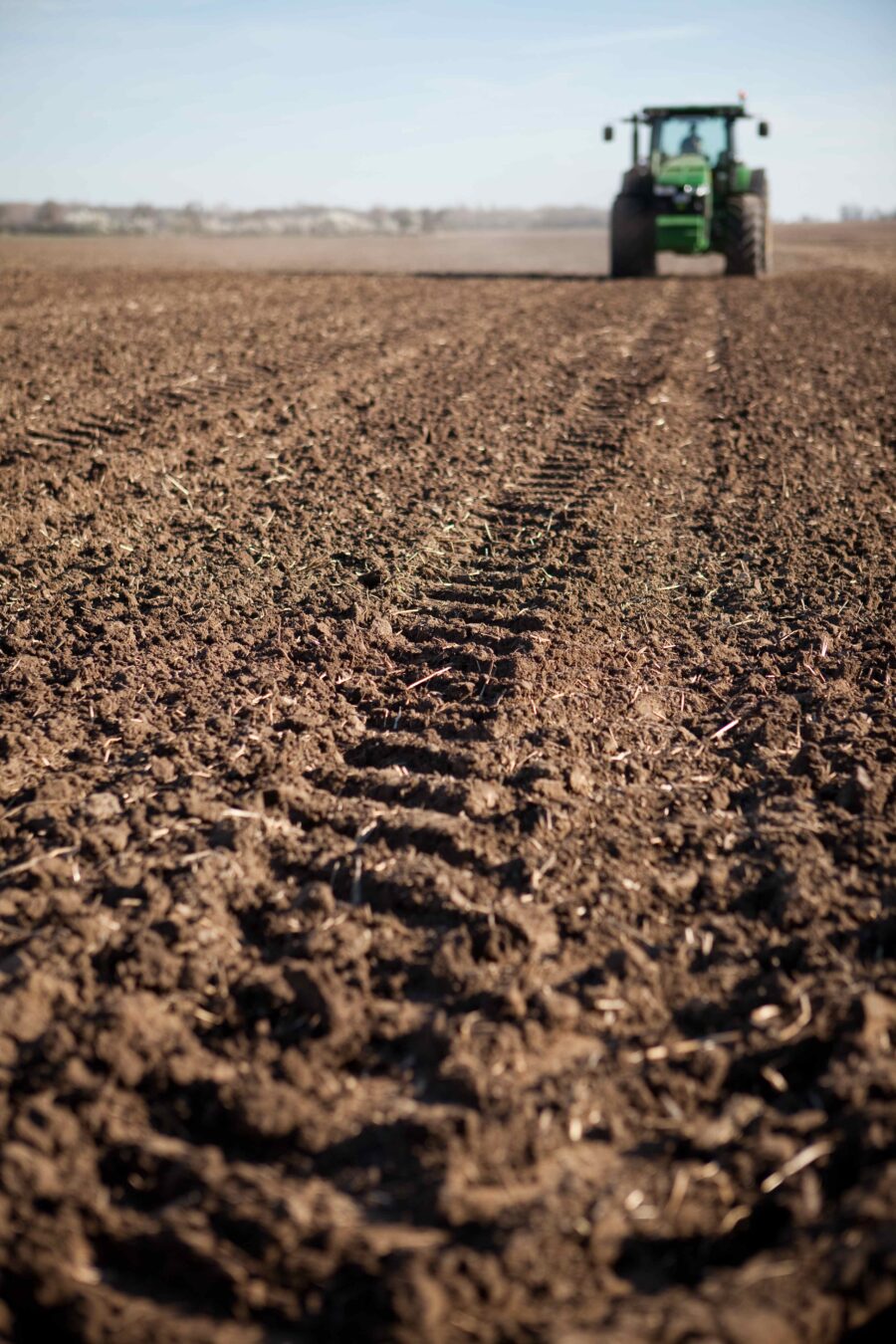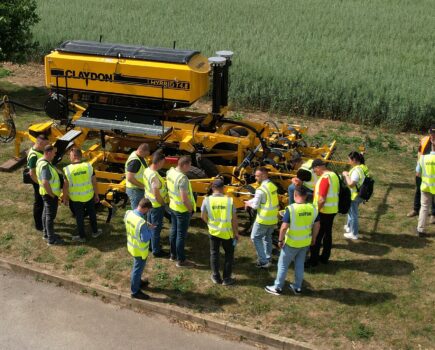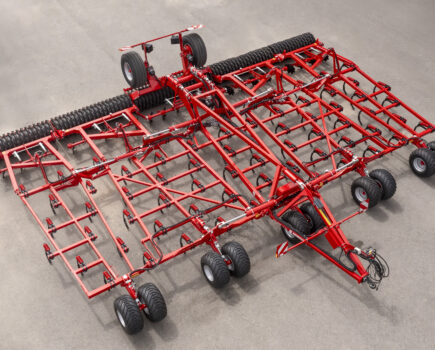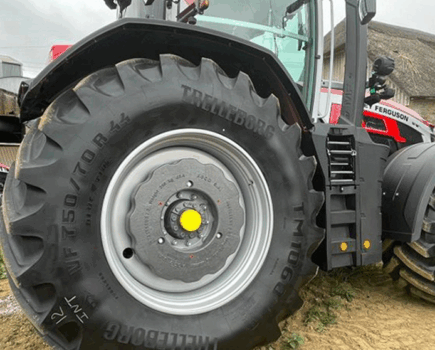Bridgestone urge farmers to be aware of the fundamentals of tyre selection to better improve soil health.
Read more: Be aware of the fundamentals of tyre selectionAs farmers continue to pursue the perennial challenge of improving soil health, be it for no-till / regen approaches, carbon retention and credits, yield productivity or Government funded schemes, many new and innovative products and approaches are being utilised.
Along with these products and approaches, an understanding of the fundamental requirements for tyre selection has never been more critical according to Bridgestone’s Sales Manager Stephen Lamb, who believes that thousands of pounds worth of crop yield is being lost as a result.
He is now urging farm businesses and contractors to make tyres a priority consideration, rather than an afterthought, as can often be the case.
Stephen said: “We need to care for our soils, but one critical factor is often overlooked and that is correct tyre selection, along with a need to understand the basic fundamentals. Correct tyre fitment ensures that tractors and machinery make contact with the soil as kindly as possible, while at the same time performing an efficient application.”
“Too often we see good intent to improve soil health, but tyre considerations are still much lower down the list of prioritised items. The weight and movement of tractors and machinery across the land is a real contributing factor to soil compaction, soil disturbance and yield reduction. This all impacts on a business’s bottom-line. Not only is it important to understand this, but it must be acted upon in order to appreciate the significant benefit gains.”
“If you were to invest the same amount of time, you put in to say, selecting the optimum choice of implements for your soils, or the optimum seed varieties, you would see a positive return on that investment. So, the consideration of optimum tyre selection should be adopted as standard practice, especially when talking with your salesperson.
“Yet in many cases it is not. How often do you see an expensive new SP Sprayer sporting rowcrops of a non-VF specification, meaning the sprayer will have a much greater negative impact on the farm’s soil, for the whole time the sprayer lives on that farm? Another example is a new tractor fitted with 900s, because we want to protect the soil. This is great, but with a small amount of research, maybe VF710’s could have been a much wiser choice?”
Stephen added: “Firstly, we don’t want to go onto the land, but wherever we need to move soil or cut through it, an anchor-point (footprint) will need to be established. With the anchor-point being the soil’s enemy, we need to make sure it’s as restricted as possible, but still capable of its efficient function.
“To help restrict it, look at increasing its length, which could in-turn help in reducing its width and reducing the tyre to field contact percentage. We want to have the lowest anchor-point operating pressure / ground pressure with the narrowest tyre to carry-out the application.
“Also look at achieving the highest optimum travel speed. The less time the anchor-point is directly in contact with the soil at any one moment is beneficial to reducing the degree of compaction generated. The less amount of compaction generated, the less the amount of costly eradication is needed thereafter.
“Once we understand these fundamental benchmarks of any field operation, we can then go on to seeing what tyre sizes and specs will best represent those benchmarks, within the framework of the tractor and its application.”

For more like this, subscribe to the FREE Farm Machinery Buyer newsletter here and subscribe to Agricultural Trader and Farm Machinery here.





